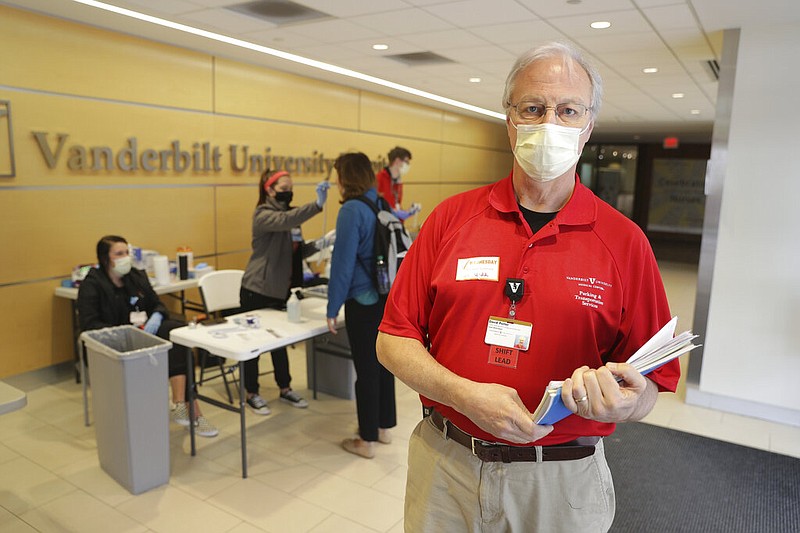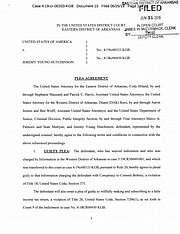A new report from Vanderbilt University Medical Center shows how well social distancing and stay-at-home orders worked to stop the spread of COVID-19 before Tennessee began relaxing social distancing in May.
While it is too early to assess the impact of businesses reopening across the state, Melissa McPheeters, a Vanderbilt health policy researcher and co-author of the report, said the report serves as a baseline to track how the pandemic evolves over the month and into June.
Vanderbilt's calculations using state data through May 11 show the statewide number of transmissions expected per infected person - known in infectious disease modeling as "R" - to be between 0.90 and 1.04, which McPheeters said is good news, although it would be better to further decrease that number.
The transmission number signals how fast a disease is spreading in the community. With zero mitigation strategies such as social distancing in place, the coronavirus' "R" is believed to be around five, she said.
"So if I get sick and go about my daily business with no mitigation strategies in place, I'm likely to infect about another five people. Each of those might infect another 5, so you can see how quickly a disease can spread in a community with a high transmission number," McPheeters said. "To really stamp out an epidemic, you need to get that well below one for an extended period of time."
Although the report is the most recent picture of where Tennessee stands upon reopening, McPheeters said it should be taken as a snapshot of where the epidemic stood a week or two ago rather than today. That's because it takes time for the disease to spread from person to person and then be reflected in the data.
"There is always a lag between the actual spread of the infection and when the person gets symptoms, when they get tested and when that gets reported," she said. "The infections that we see today are infections that probably would've spread a couple weeks ago."
Vanderbilt's report also highlights clusters in certain parts of the state, including Bledsoe and Trousdale counties, that need monitoring. Many of the clusters are related to group settings, such as correctional facilities and nursing homes.
Hospitalizations are another key piece of data to follow, McPheeters said, because it's important not to overwhelm the health system.
"We have been at sort of a plateau of around 300 hospitalizations across the state for a number of days - this is definitely not necessarily a peak - that remains to be seen," McPheeters said. "Now we have to watch and wait."
Becky Barnes, administrator of the Hamilton County Health Department, said that ongoing spread of the coronavirus is likely to remain a threat until a vaccine is developed.
"There is concern that some people equate the small steps we are taking to reopening our economy to mean that the pandemic is over in Hamilton County," Barnes said in an email. "It is important to know that the pandemic is not over. Our message is not changed regarding all the steps people need to be taking to protect themselves. As people begin to move around, it is vitally important that face coverings be worn by everyone in public when social distancing is not possible."
Contact Elizabeth Fite at efite@timesfreepress.com.

